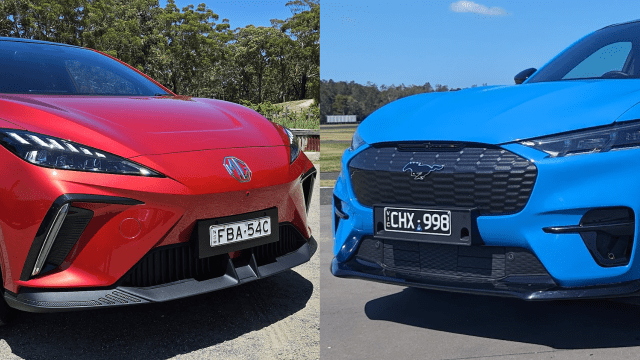While EVs remain generally expensive to buy new, with the entry price in Australia now down to as low as $38,890 with the BYD Dolphin, you might be wondering what’s the difference between a ‘cheap’ and an expensive EV.
In our reviews, we’ve driven models as cheap as $39,990 (the MG4 Excite 51), and as expensive as $181,700 (the Audi E-Tron GT), and in that time it’s become increasingly interesting just what justifies those higher prices. Across the board, after all, we can safely say that there are savings on fuel when paying for electricity instead (if you’re charging at home that is; public charging isn’t as cheap), but if you’re already considering electric, what’s stopping you from buying a cheap $40,000 EV over an expensive $100,000 model?
We’ve got the answers below.
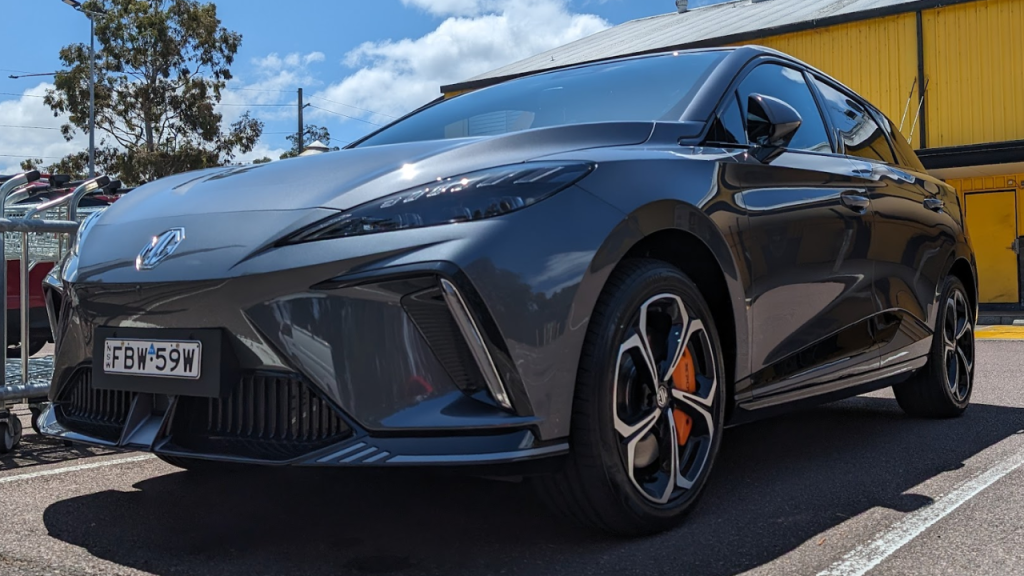
Cheap EV vs expensive EV: Surrounding costs
Obviously, the major difference in this article is price, which feels easy to defuse – you spend less on a cheaper car, that’s it. However, it’s worth factoring in the surrounding costs of a purchase before committing to it.
For example, think of servicing costs and extras that you’ll purchase. New Teslas, for example, don’t come with a home wall socket charger, while most other EVs in Australia do – that could set you back about $500 if you want one of those (I highly recommend it in case of emergencies). Some car companies also offer cheaper or even complimentary use of public charging networks, such as Tesla with its own supercharger network offering cheaper prices (and on some chargers, exclusive access) to Tesla owners, while Audi EV drivers get complimentary Chargefox access for six years.
For use of inbuilt OS networking features, newer cars also typically require a subscription (MG, for example, charges $50 per year after the first year for phone connectivity features, and Tesla charges $10 per month for its ‘Premium’ subscription with a free trial depending on the purchase date, while the ‘Standard’ navigation connectivity option is free for the first eight years).
The bottom line of this section is that you shouldn’t let the drive-away price determine your purchase: think about things like servicing, inclusions, and obviously registration. If you want a fast home charger, remember to keep that cost in mind.

Cheap EV vs expensive EV: Battery range
This is a really interesting point these days because battery range for cheaper EVs has been improving greatly over the past five years, and while you might expect more expensive cars to have bigger batteries, it usually isn’t so simple.
The two cheapest EVs in Australia at the time of writing, the BYD Dolphin ($38,890) and the MG4 Excite 51 ($39,990), offer WLTP 340km and 350km respectively. That might not seem like much, but it’s a substantial improvement over more expensive cars from previous years with lower battery ranges (looking at you, MG ZS EV).
Meanwhile, two EVs close to the $100,000 price point, the BMW i4 eDrive40 ($102,900) and the Ford Mustang Mach-E GT ($104,990) have battery ranges of 520km and 490km respectively.
These aren’t even close to the greatest battery ranges on offer with a modern EV in Australia. The 2024 Polestar 2 Long Range Single Motor ($74,955) has the greatest battery range in the country at the moment, at 654km WLTP. It’s trailed by the 2024 Tesla Model 3 ($71,900), with 629km range. Many EVs from other companies tend to cut range off as they add in greater performance – the GT variant of the Mach-E, for example, has 110km lower WLTP range than the ‘Premium’ $86,990 variant.
So on this note, don’t let the simple logic be ‘spending more = better range’. At a basic level, this can be true, but if you’re in the market and already have a ballpark figure of what you’ll be spending, I guarantee that you’ll find satisfying battery range options well between the $40K and $100K points without having to trade too much off.
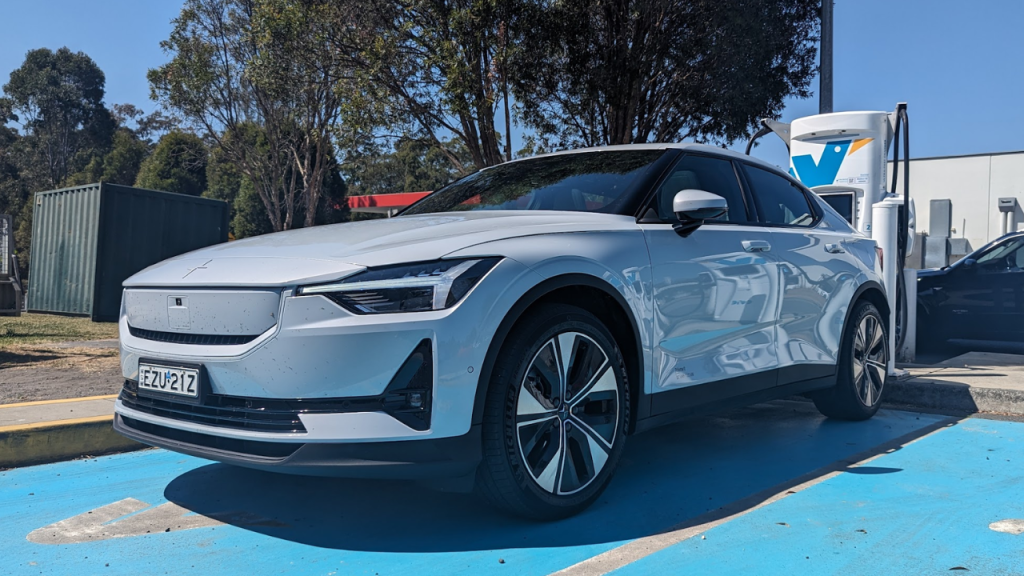
Cheap EV vs expensive EV: Features and software
Here’s where we can start to appreciate spending a little more, but do keep in mind that a lot of this comes down to personal preference, and we obviously recommend test driving prospective EVs, be they cheap or expensive, before committing to a purchase. The operating system can either make for a satisfying drive or a tedious exercise, and it’s worthwhile to expect you’d get a better operating system when you spend more.
However, I would advise that this is, in part, a model-to-model concern, and unlike range, performance, and driver feel, it’s more bound to the entry level price of the car than different models across the range. For example, the OS in the MG4 is the same across its $39,990-$60,000 price range, and although the more expensive models have greater features (the $46,990 model includes surround cameras, for example), the base experience stays the same and it’s overall not brilliant.
Conversely, the Ford Mustang Mach-E, which starts at $72,990, has a brilliant operating system that feels responsive and intuitive. You don’t get that many new features as you move onto more expensive trims in the range, so at a base level, the OS stays the same. This can also be applied to the Tesla Model 3, Model Y, and many other EVs in Australia (though on Tesla, while its OS is great, I’d advise you to be comfortable with how restrictive it can feel, especially given that it doesn’t have Android Auto and Apple CarPlay).
Do EVs come with Apple CarPlay and Android Auto?
Speaking of, you might care if there’s Apple CarPlay and Android Auto support, to which I say you should never assume this. When the BYD Atto 3 came to market, for example, it simply didn’t have either of these, and it took months for them to be added in a software update. Most cars have (wired) phone OS support, while some newer EVs, such as the Subaru Solterra and the Mustang Mach-E, have wireless support.
Even when spending $40,000 on a car, you need to be comfortable with the assortment of features it comes with. You might really want surround cameras, lane assistance, a sunroof, ventilated seats, or even screens in the back, and while many EVs in Australia come with these things, you’ll need to check the models you’re interested in actually have these things. Inclusions vary from company to company, and while you can definitely expect more (and often better performing) features as you move up in price, it’s not usually something that means the difference between, for example, an EV moving from $70,000 to $100,000.
And obviously, make room in your considerations for stuff like seat feeling and buttons, along with extras packs. You might not like the fact that, for example, there’s no non-leather variant of the Hyundai Ioniq 5’s inside, or you might not like that the Cupra Born’s steering wheel buttons are just really silly.
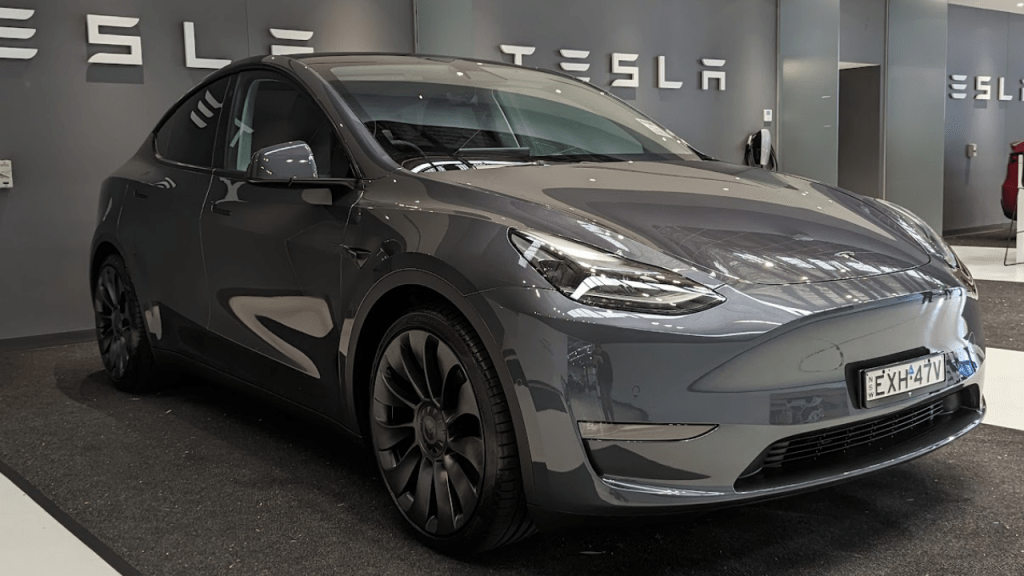
Cheap EV vs expensive EV: Performance and driver feel
Performance and driver feel is extremely subjective and is very dependent on your own personal experience with a car, but speaking generally, you can expect a pricier EV to feel better on the road – it’s not a golden rule, and there’s a lot of factors at play, but when cutting costs, performance typically gets notched down.
The BYD Atto 3 underscored this best for me. At $48,011, the Atto 3 offers quite a bit of value as a rival to the MG ZS EV and the Hyundai Kona, however, its feeling on the road can be a bit sluggish with its small stock wheels and quite low-spec pricing (it’s also front-wheel drive, which typically doesn’t feel as good as rear-wheel drive). Conversely, while being much lower to the ground, the rear-wheel drive MG4 Excite feels exactly how it needs to at the $42,990 price point – responsive, fun, and easy to drive.
Meanwhile, on the other end of the spectrum, the ($91,400) Tesla Model Y Performance might look huge, but does it feel good to drive. It’s an all-wheel drive car with acceleration that’ll leave your head pinned to the headrest. You’ll typically find that, as you go up in price, features like braking and suspension also tend to get buffed.
Throwing everyone through a loop, the $60,000 MG4 XPOWER, the AWD variant of the ‘4’ range, is an absolute rocket, and while it does generally have great road feeling, its acceleration could catch you off guard.
Naturally, there’s more to it than acceleration and drivetrain. A little thing could irk you, such as the size and layout of the steering wheel, while bigger issues, such as tyre size, weight, charging time, towing capability, and capacity might be of great importance.
But when we’re talking about cheap and expensive EVs, know that it’s not really as simple as spending a lot more money. There are so many EVs to choose from now that you’re bound to find one that you’ll love.
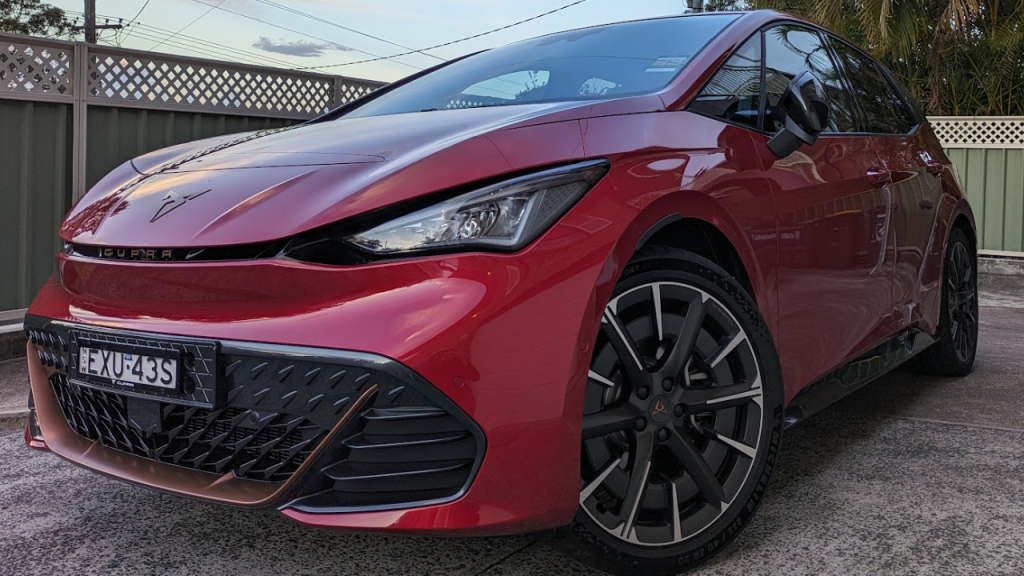
Cheap EV vs Expensive EV: The verdict
BYD and MG have turned the EV market upside down with their great value cars, but when it comes to the surrounding features of a car, such as range, aesthetic, features, and feeling, you might be more inclined to spend a little more. And that’s fine, but you should be cautious of overspending.
It’s not as simple as spending more on a car to get a better experience. You’re bound to find one best suited for your needs if you have a good look around. The last thing you’d want is to buy a car ultimately to be annoyed by a missing feature or an annoyance on the road.
Image: Zachariah Kelly/Gizmodo Australia
Want more Aussie car news? Here’s every EV we’ve reviewed in the last two years, all the EVs we can expect down under soon, and our guide to finding EV chargers across the country. Check out our dedicated Cars tab for more.
